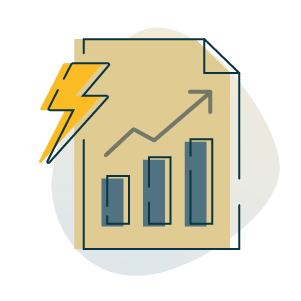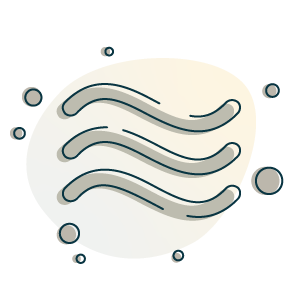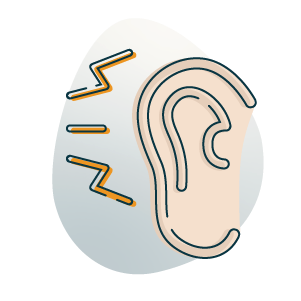Many people only schedule air conditioning repair when their system totally fails. However, the fact is your air conditioner will often show signs of trouble before a complete breakdown that results in new AC installation. Recognizing the symptoms and calling the experts at Tri City Fuel & Heating to address issues early can help you avoid the hassle and expense of a full AC system failure. More importantly, it can prevent the discomfort of having your AC stop working on a really hot day.
When you call us, our team of highly trained HVAC technicians will diagnose the issue, make the necessary repairs and get your system running again. We have extensive expertise and provide high-quality, cost-effective AC service for local homeowners.
Why hold off until your cooling system quits? Skip all that hassle by calling today to schedule AC repair in West Columbia, SC, from Tri City Fuel & Heating.

How to Know if You Need AC Repair
How can you tell if your air conditioner needs repair? From a stinky smell to a lack of cool air coming from the vents, there are many symptoms that your cooling system has is malfunctioning and needs diagnosis and repair.
Here are some red flags that trouble may be on the way and it’s time to call an HVAC technician from Tri City Fuel & Heating:

AC is blowing hot air
If warm air is blowing out of your AC unit instead of cool air, or if the air isn’t as cool as it should be, it’s a wise decision to call us for professional cooling service.
AC keeps turning on and off
If your AC system turns on and off instead of completing its normal cycle, it could be a warning of potential issues and should be looked at by one of our certified HVAC technicians.


Cooling bills increase for what seems like no reason
A big jump in your energy costs can be a signal your AC unit is losing efficiency, which means it uses more energy to cool your home and needs AC maintenance or repair.
Strange odors are coming from your air conditioner
Air conditioners shouldn’t produce odors. Unusual odors coming from your AC unit should be inspected by an HVAC technician, as they can be a sign of problems like mold, mildew or even electrical issues.


AC makes loud noises when it runs
If you hear odd noises when your AC system is running — banging, scraping or high-pitched whining, to name just a few — it’s important to call for professional HVAC service to evaluate your system.
Request Professional Air Conditioner Repair Today
When you need air conditioning service without delay, reach the HVAC repair professionals at Tri City Fuel & Heating. We’ll promptly determine the problem when your AC won’t start or provide adequate chilled air.


